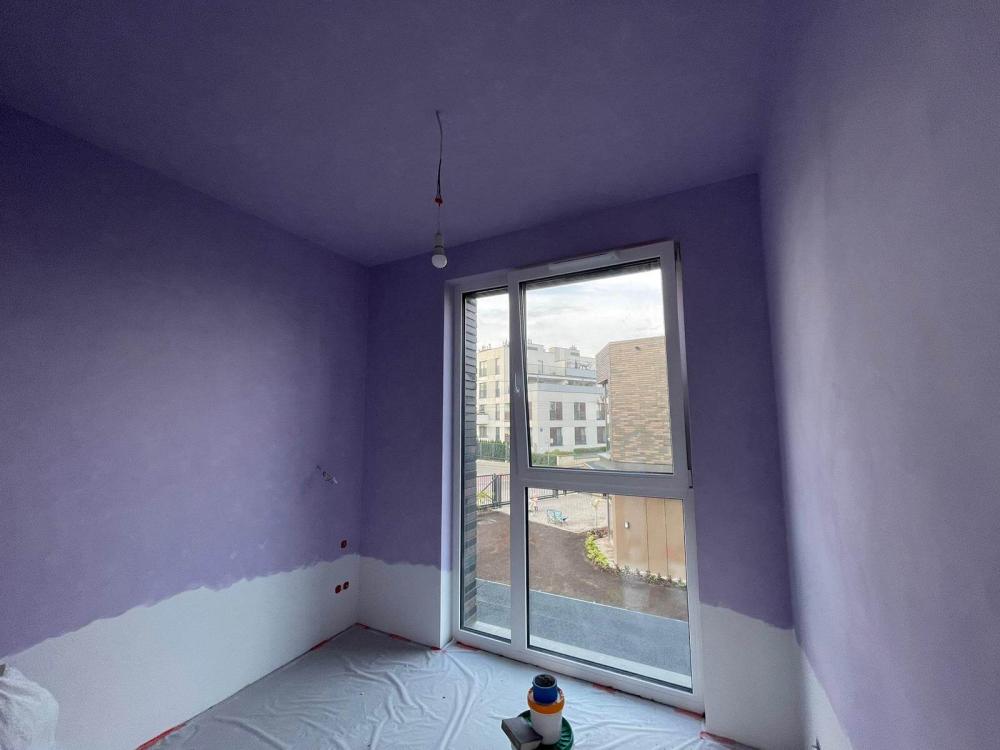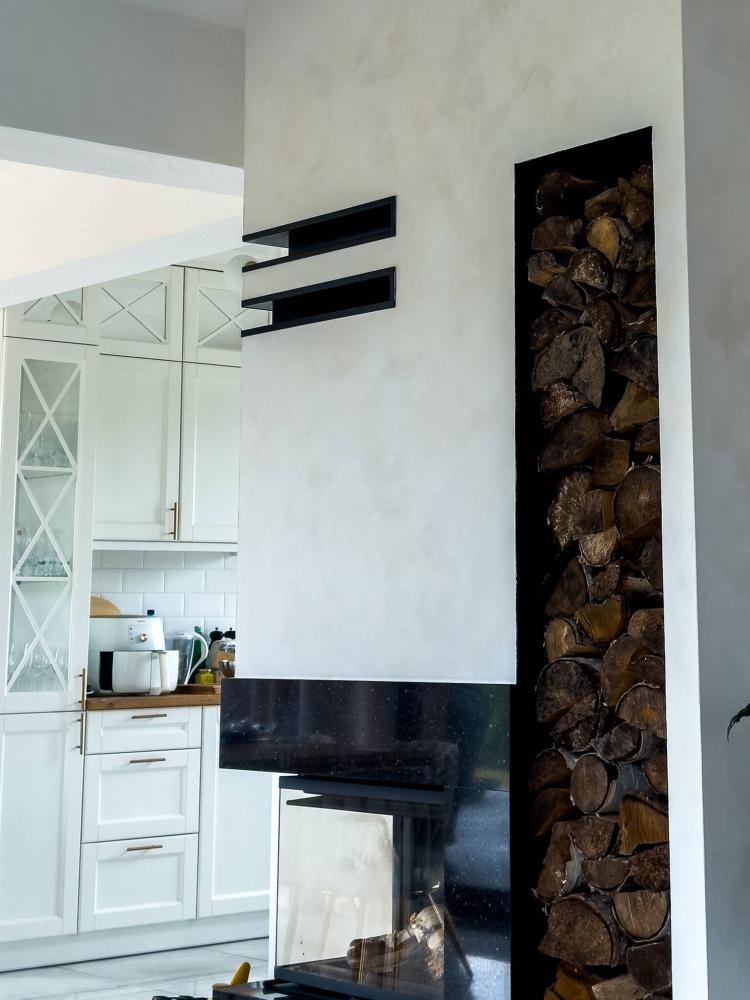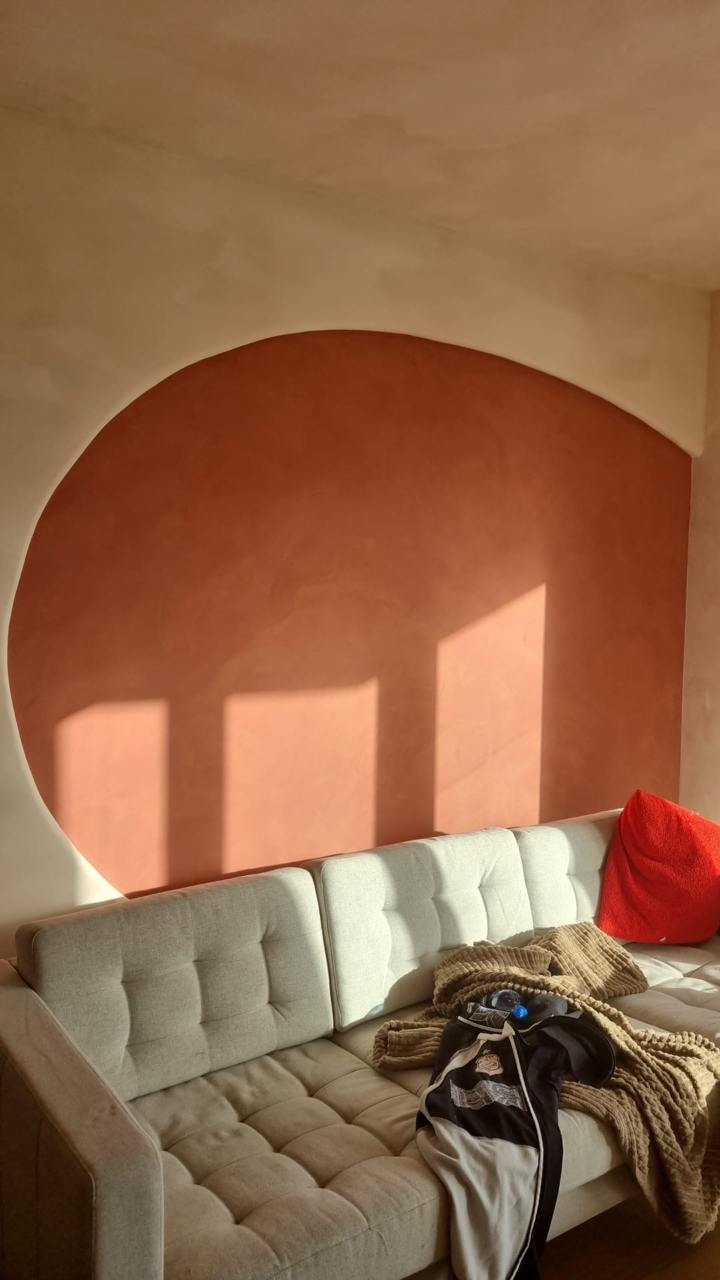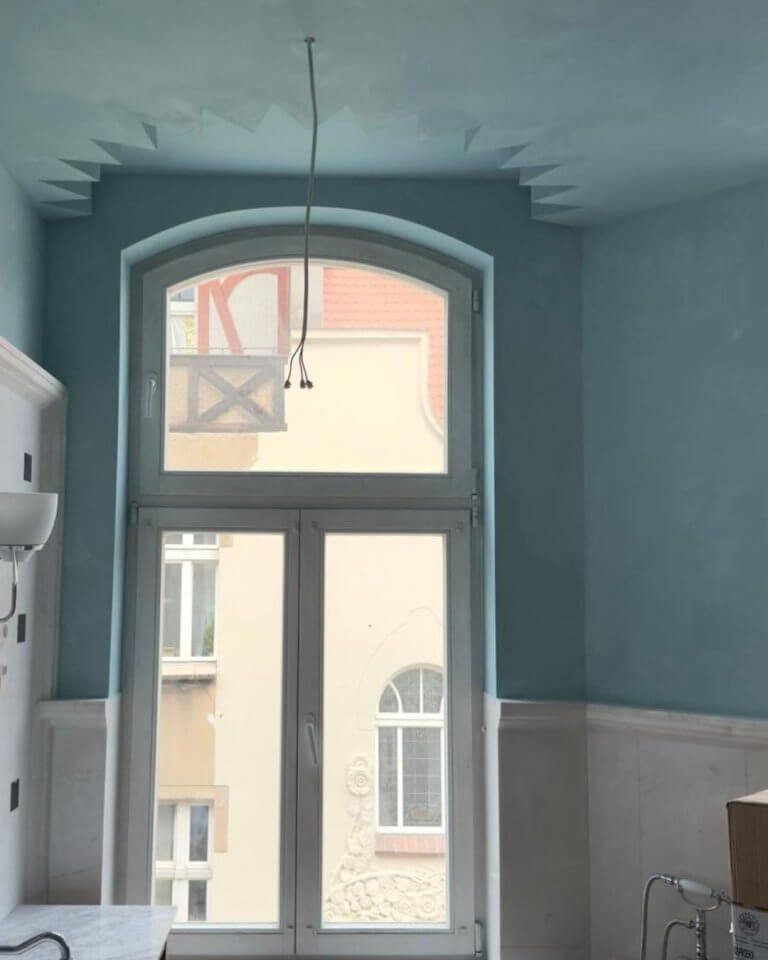Choosing Between Limewash and Lime Paint
Choosing the right paint for your home can be a daunting task, especially with many options available on the market. Today, we will compare two popular types of natural paints: limewash and lime paint. We will discuss their applications, benefits, and drawbacks to help you make an informed decision.
What is Limewash?
Limewash, also known as whitewash, is a traditional natural paint that has been used for centuries. It is made from hydrated lime mixed with water and sometimes pigments to achieve the desired color. Limewash is known for its matte finish and unique visual effects.

Applications of Limewash
Limewash can be used both outdoors and indoors. It is ideal for covering bricks, plaster, wood, and other natural materials. Its porous structure allows walls to “breathe,” helping to regulate moisture in the building.
- Building facades
- Interior walls
- Wood
- Bricks
Benefits of Limewash
- Natural Composition: Limewash is an eco-friendly paint, low in toxins and chemicals.
- Breathable Surface: Allows water vapor to pass through, helping to maintain a healthy indoor microclimate.
- Aesthetic: Creates a beautiful, matte finish with unique aging effects.
Drawbacks of Limewash
- Durability: Limewash may require more frequent renewal than modern latex paints.
- Application: Can be more challenging to apply for those without experience.

What is Lime Paint?
Lime paint is also a natural paint made from slaked lime. It is similar to limewash but often contains additional ingredients that improve its durability and ease of application.
Applications of Lime Paint
Lime paint is versatile and can be used on various surfaces, both interior and exterior. Its disinfectant properties make it popular in moisture-prone areas like bathrooms.
- Interior walls
- Bathrooms
- Kitchens
- Building facades
Benefits of Lime Paint
- Durability: Lime paint is more resistant to weather conditions than limewash.
- Ease of Application: Can be easier to apply for those without experience.
- Mold and Mildew Resistance: Natural disinfectant properties protect surfaces from microorganisms.
Drawbacks of Lime Paint
- Aesthetic: Lime paint may not have the same unique visual effects as limewash.
- Cost: Often more expensive than limewash due to additional ingredients.
Limewash vs. Lime Paint: Comparison
| Feature | Limewash | Lime Paint |
|---|---|---|
| Composition | Hydrated lime, water, pigments | Slaked lime, additives |
| Application | Indoor and outdoor | Indoor and outdoor |
| Benefits | Natural composition, breathable surface, aesthetic | Durability, ease of application, mold resistance |
| Drawbacks | Durability, application | Aesthetic, cost |
Differences Between Limewash and Lime Paint
While limewash and lime paint have many common features, there are significant differences worth knowing before choosing the right product for your project. Below are the key differences between these two types of paints.

Composition
Limewash: Mainly consists of hydrated lime (slaked lime), water, and natural pigments. It is a very simple and eco-friendly composition.
Lime Paint: In addition to slaked lime, often contains additional ingredients such as binders or other chemical compounds that improve its durability, adhesion, and resistance to external factors.
Application
Limewash: Most commonly used on exterior and interior brick, plaster, and wood walls. Ideal for historic buildings and renovations where authenticity is key.
Lime Paint: More versatile and can be used on various surfaces, including new constructions. Often used in moisture-prone areas like bathrooms and kitchens due to its disinfectant properties.
Finish
Limewash: Creates a matte, translucent finish with unique aging effects. Each layer of limewash can have a slightly different shade, adding character to the surface.
Lime Paint: Can offer a more uniform finish depending on the additives used in the mix. It is less translucent than limewash, which can be advantageous for some projects.
Durability
Limewash: Less durable than lime paint and may require more frequent renewal, especially on exterior surfaces exposed to weather conditions.

Lime Paint: Thanks to additional ingredients, lime paint is more weather-resistant and durable, making it more suitable for long-term use.
Application
Limewash: Requires more careful application and often several layers to achieve the desired effect. The surface must be well-prepared and properly moistened before application.
Lime Paint: Easier to apply and can be used by less experienced users. Often one or two layers are enough to achieve full coverage.
Mold and Mildew Resistance
Limewash: Has natural antibacterial properties but may be less effective than lime paint in very humid conditions.
Lime Paint: Thanks to additional ingredients, it has better resistance to mold and mildew, making it an ideal choice for humid areas.
Conclusion
Both limewash and lime paint offer unique benefits and applications, making them suitable for various projects. The choice between them depends on the specific needs of your project, such as desired aesthetic, durability, and ease of application.

 German
German Slovak
Slovak Romanian
Romanian Lithuanian
Lithuanian Latvian
Latvian Hungarian
Hungarian French
French Finnish
Finnish Dutch
Dutch Danish
Danish Czech
Czech Slovenian
Slovenian Italy
Italy Spain
Spain Portugal
Portugal







